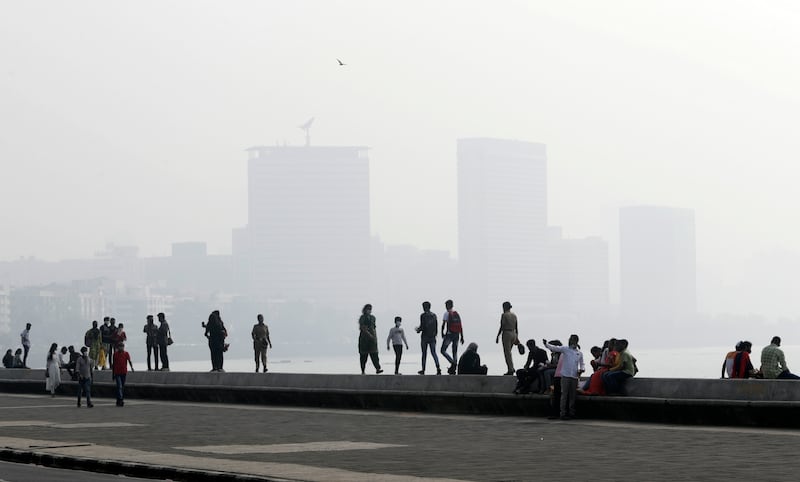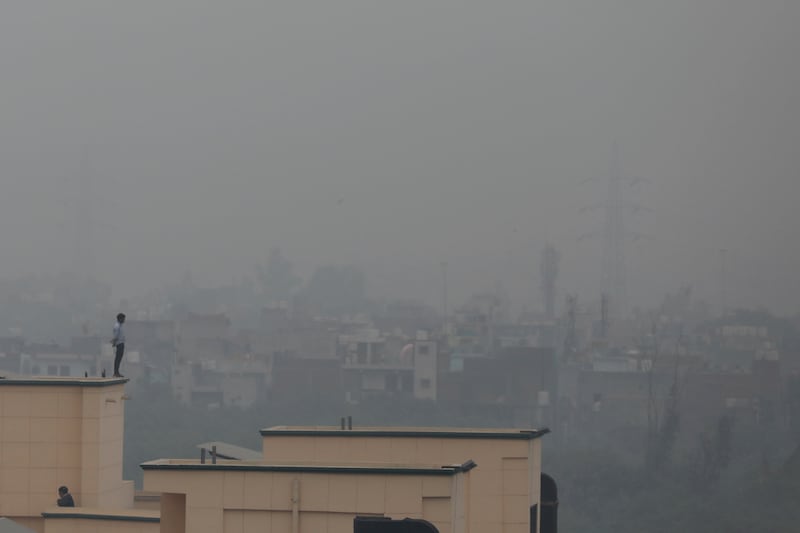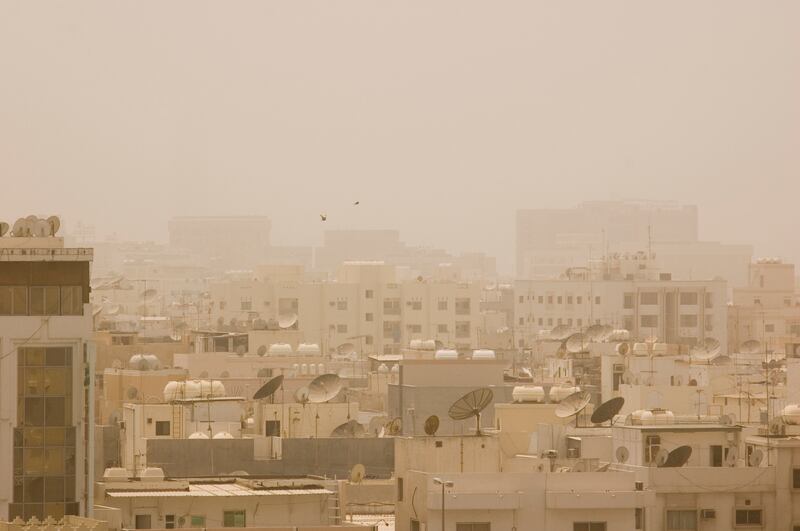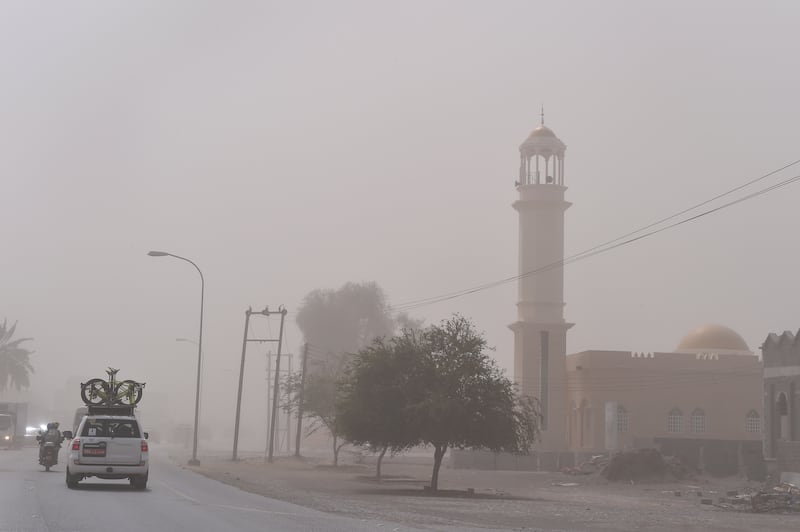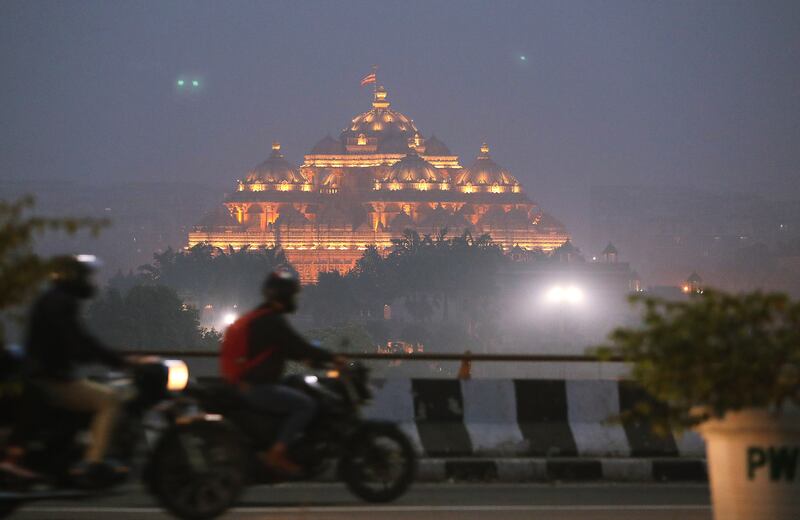Authorities in Delhi — ranked the most polluted capital city in the world — have announced a plan to tackle the problem of high air pollution levels during winter.
The city, home to 22 million people, suffers from year-round air pollution but levels of toxic air particularly surge during winter months, when winds push the smoke from vast farmlands into the city.
The sudden increase in winter months is blamed on farmers burning crop stubble in northern states.
Delhi Chief Minister Arvind Kejriwal on Friday announced a 15-point plan, with “visionary” measures to tackle air pollution, including spraying bio-decomposer to end the burning of crop stubble.
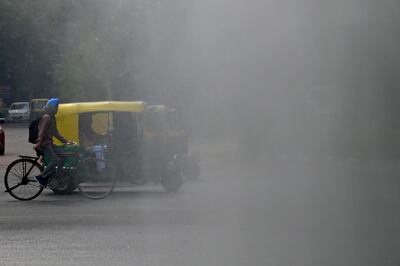
Vehicle and industrial emissions as well as construction and road dust are major sources of air pollution in Delhi.
Mr Kejriwal said that his government will begin an anti-dust campaign in October.
"Winters are approaching and each year, we observe a rise in the pollution levels of Delhi in winters. The Delhi Government has made all the arrangements to tighten a noose on pollution this winter,” Mr Kejriwal said.
The city’s air pollution levels were among the highest of 6,475 cities, in 117 countries in 2021, according to a World Air Quality report released by Swiss organisation IQAir in May.
It had an average PM 2.5 exposure was 110 micrograms per cubic metre in 2019, 22 times the WHO benchmark that considers 5 micrograms as the safe level.
The Particulate Matter or PM 2.5 is the finest dust particle measuring less than 2.5 microns that could penetrate deep into the lungs and enter the bloodstream.
Environmental charity Greenpeace said more than 50,000 Delhi residents died in 2020, due to hazardous levels of PM 2.5.
Over the years the government has imposed short-term measures such as restricting car use, shutting power plants and factories, and banning construction activities during winter months to mitigate the pollution crisis.
It has also regularly closed down schools and offices during winters to limit the impact of air pollution on residents amid concerns from the courts that warned the government to take long-term measures to clean the city’s air.
Previously, the top court compared the city’s air quality to a “gas chamber.”
Mr Kerjiwal said the use of anti-smog guns has been made mandatory for construction sites exceeding 5,000 square metres and nearly 600 teams will monitor its compliance.
'The National' visits India's burning farms blamed for Delhi's toxic air pollution
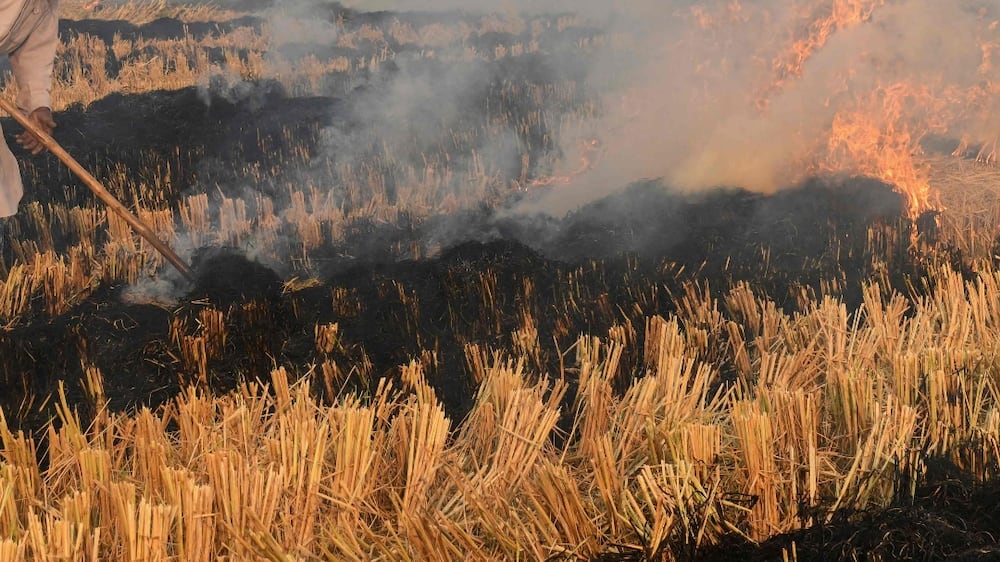
He further said that road-sweeping and water-sprinkling machines will be deployed across the city to curb dust, in addition to mobile anti-smog guns.
Stubble burning becomes an issue every year at the onset of winter when farmers in the vast farmlands of neighboring states of Haryana and Punjab burn paddy stubble to clear their fields for the next crop.
Most of the smoke travels to Delhi due to south-western winds and mixes with the city air to form a noxious blanket of smog, aggravating the pollution crisis.
Although the practice is outlawed, more than 70,000 cases of farm fires were reported in the twin breadbasket states in November last year.
The government has also continued with the ban on firecrackers that aggravate the air pollution crisis every year during Diwali—the Hindu festival of lights.
“The government will also ban the production, storage, distribution and purchase of firecrackers.”
“I am completely optimistic that we will curb air pollution in winters with the cooperation of the people of Delhi,” he said.
